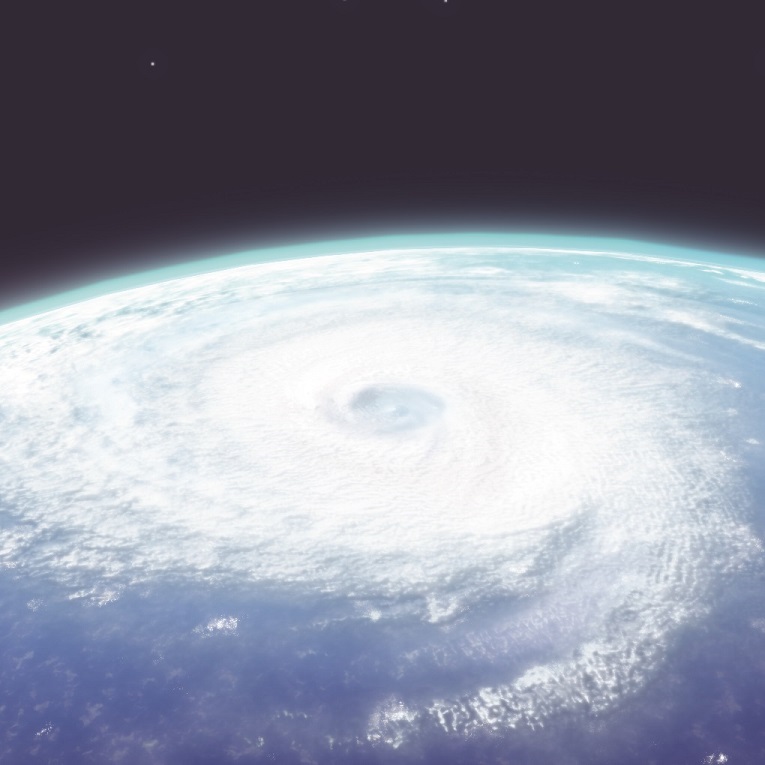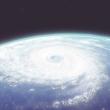Mother Nature won’t give Mother Earth a break
Typhoons. Tsunamis. Hurricanes. Floods. Fires. It seems hardly a month goes by without some corner of the world suffering from one natural disaster or another. It’s frightening. The world of television has brought these various forms of destruction right into our living rooms. It’s bad enough to read about them, but to see the visual aftermath makes them that much more up front and personal.
The heartbreaking scenes of the Philippines after the recent typhoon, the equivalent to our east coast hurricanes, are serving as a grim reminder of what Mother Nature can do in just a few short hours.
Entire villages leveled, thousands and thousands left homeless, a death toll which may not be known for weeks and weeks. Most of those who survived have little or no access to medical attention. They’ve lost their homes and have no food, no clean water and no idea what’s ahead of them.
It can take years for life to return to normal after a major disaster, and sometimes it never does. Just ask folks in New Orleans and the surrounding coastal communities, western states hit by monstrous fires, or, closer to home, those along the shores of New York and New Jersey. In addition to the human toll and the lifelong impact on the survivors, adding up the costs of disasters around the world just in the last decade would run in the billions of dollars.
What’s happening to our world? It’s one disaster right after another. Scientists no doubt understand our changing oceans and atmosphere, but for most of us, it’s difficult to comprehend. We helplessly watch the effects of global warming with our melting ice packs, increased ocean and land temperatures and try to imagine what may happen to our planet in the future.
We’re feeling the effects right here in our own state with ocean temperatures on the rise and fish showing up in our waters never seen here before, as well as some of our current species dwindling due to the change. Even our ocean levels are rising, and new flood maps are now being prepared because of this change. Maine winters, likewise, are generally much warmer than 25 or 50 years ago, not that cold weather and snow are about to pass us by anytime soon.
We’d all like to think that devastating acts of nature like typhoons, floods, hurricanes and fires will be few and far between in the future, but if the past 10 years are any indication, we’re in for more of Mother Nature’s wrath. All we can do is try to be as well-prepared as we can whenever we get advance notice, to set up rainy day funds on the local, county, state and national levels to meet some of the initial expenses and to help one another in the aftermath. Right now, our friends in the Philippines need us.
Event Date
Address
United States






















